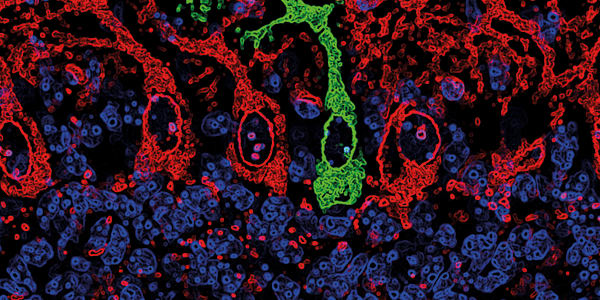It is well established that Alzheimer’s disease (AD) coincides with an accumulation of abnormal tau and beta-amyloid proteins that is thought to trigger neurodegeneration. While seeking a reliable screening method for the disease, researchers in Sweden identified a type of glycan – bisecting N-acetylglucosamine (GlcNAc) – which could help more accurately predict the early onset of AD (1).
A subset of 233 dementia-free patients were randomly selected from the Swedish National Study on Aging and Care in Kungsholmen. Blood samples were collected between 2001–2004, and the cohort was regularly monitored for signs of memory loss or presence of dementia for a total of 17 years. Both bisecting GlcNAc and t-tau levels in the blood were analyzed at the start of the study and then again six years later, during a follow-up assessment.
The team found that GlcNAc was strongly linked to blood t-tau levels, especially in individuals who later developed AD. Further, participants with an intermediate tau/bisecting GlcNAc ratio – compared with participants with a high or low tau/bisecting GlcNAc ratio – were twice as likely to develop AD. The researchers explain how, although tau and bisecting GIcNAc could not successfully predict AD individually, their combined power – plus APOE gene status – give a boost to diagnostic power.
Sophia Schedin Weiss, co-author of the paper, said their simple statistical model “can be used to predict Alzheimer’s disease to a reliability of 80 percent and almost a decade before symptoms, such as memory loss, appear (2).”
References
- Robin Ziyue Zhou et al., Alzheimers Dement, [Online ahead of print] (2023). PMID: 37042462
- Karolinska Institutet (2023). Available at: https://bit.ly/3La7KMt.




